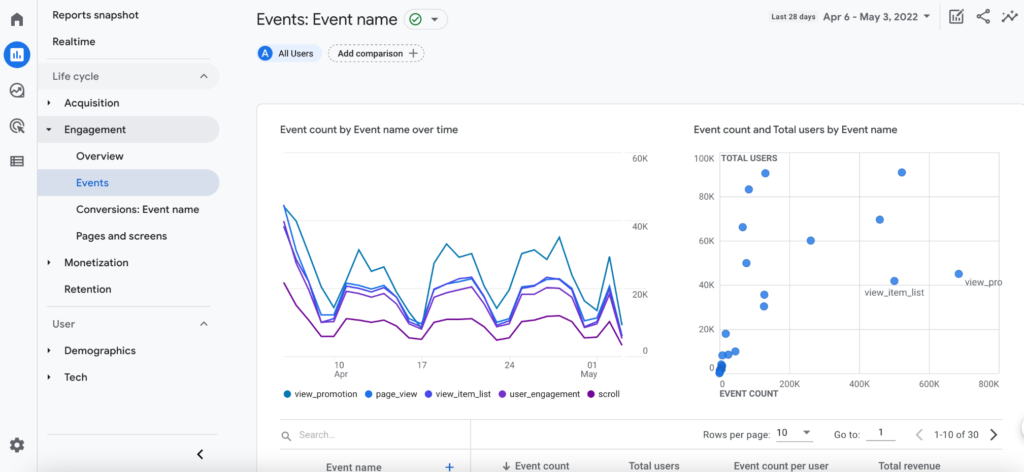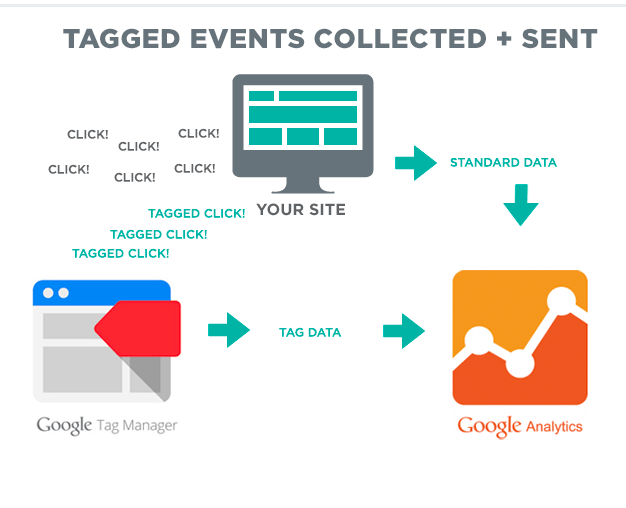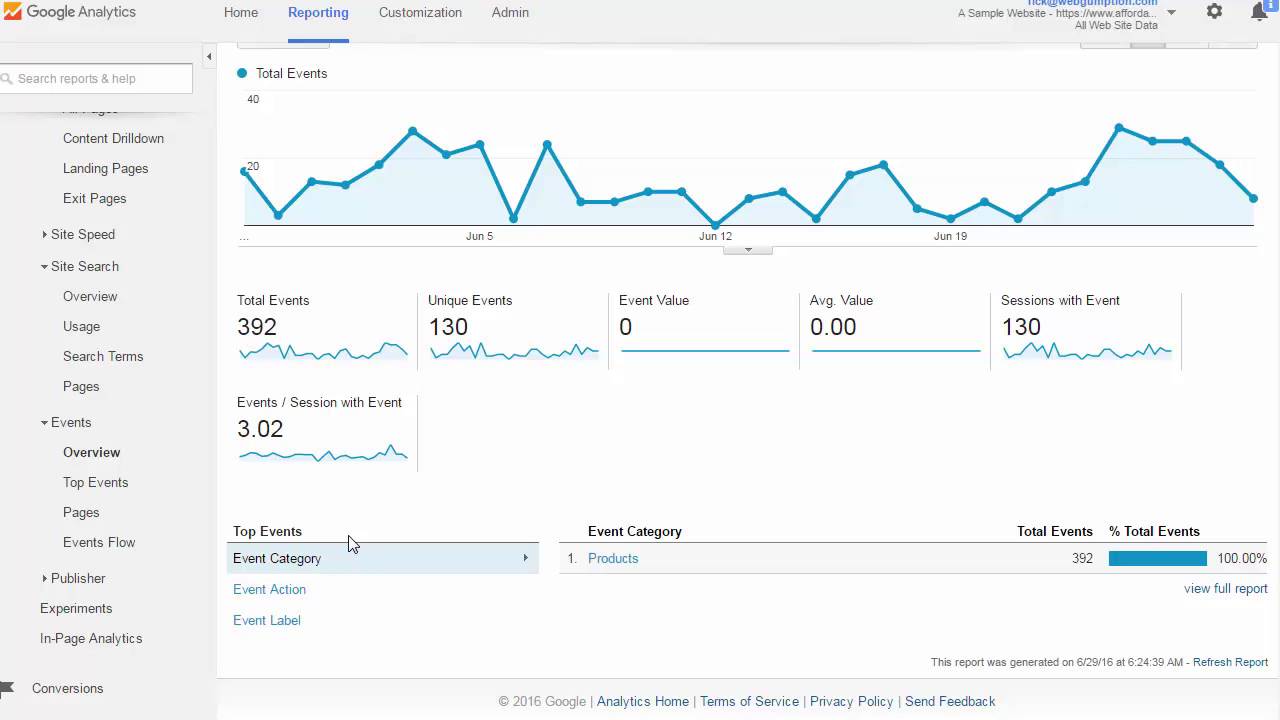The Main Principles Of Google Analytics Event Tracking
Wiki Article
What Does Google Analytics Event Tracking Do?
Table of ContentsThe 9-Minute Rule for Google Analytics Event TrackingThe 25-Second Trick For Google Analytics Event TrackingThe Single Strategy To Use For Google Analytics Event TrackingThe Ultimate Guide To Google Analytics Event TrackingThe smart Trick of Google Analytics Event Tracking That Nobody is DiscussingNot known Facts About Google Analytics Event Tracking

If you're mosting likely to set up event monitoring by hand, after that you're mosting likely to need to include some added code to the components you wish to gather data from. The code you're going to collaborate with will certainly look something like this: There are four components within that code bit that you're mosting likely to require to specify on your own: occasion, Group, occasion, Action, event, Label and occasion, Worth.
As you can see, two of these are needed (group and activity) while tag and value are optional. Everything depends on the kind of information you desire passed on back to Google Analytics when an individual clicks on the defined element (Google Analytics Event Tracking). It will certainly be a lot simpler to define these components if you analyse your web site and determine which elements/actions you wish to track
Indicators on Google Analytics Event Tracking You Need To Know
Currently, you'll be asked to define the and and you'll intend to choose from the drop-down menu that shows up when you click on. This will bring up the very same event monitoring components we took a look at earlier, which you'll require to submit. As soon as you've specified these, you can relocate down to the 2nd box and choose the trigger that will discharge your tag.On the following screen, you'll also have a field for calling your trigger and, if you click the box, you'll see a checklist of the various triggers you can choose. In this case, we want to choose and after that select the choice listed below. Then you'll set the trigger to just discharge when an aspect is clicked with a link that contains the.
Simple - Event monitoring! Occasion tracking gives you a picture of how customers involve with your internet site and organization. Review on as we check out every little thing you require to recognize, including what it is, why you need to track occasions, exactly how to manage events information, and various other pertinent Frequently asked questions you may have.
Unknown Facts About Google Analytics Event Tracking
You can change between your event classifications, actions, and labels in the Leading Occasions report. The Event Pages record shows the web pages where events are activated.Occasions in Google Analytics have linked here four major components. Google Analytics utilizes these codes to track individual communications and group them into event records my website (Google Analytics Event Tracking).
Select "Variables" > "Configure". A listing of the specifications you can track on your internet site is on the. Under Clicks, Forms, and Video clips, double-check each specification. After checking all needed areas, you can click "X" to shut the home window and go back to the Review food selection left wing.
The Best Guide To Google Analytics Event Tracking

If you have not done so, you may require to establish up a variable in the Google Analytics Settings box. After this, enter your GA monitoring ID in the Tracking ID field.
Your ID will get on top of the screen. To do this, adhere to the next Recommended Site collection of actions: After configuring the areas, select the "Triggering" area. When configuring your brand-new trigger, click the "+" switch, then the "pencil" switch, after that pick your trigger kind. Label your trigger and specify the conditions that bring about cause shooting.
Google Analytics Event Tracking Can Be Fun For Everyone

When it familiarizes which areas and components are guiding customers with your conversion funnel, you still won't understand. Without occasion monitoring, GA records will just count check outs as single-page sessions, also if individuals spend a great deal of time on one page and engage with it dramatically (and a bounce).
Exactly how does event monitoring accomplish this?Single-page sessions recognized as bounces begin and conclude on the same web page. Without occasion monitoring, GA will identify a customer's browse through as a bounce if they do not navigate to another web page, despite just how they connect with it. For example, a video-rich page can have a greater bounce price if events are not tracked.
Our Google Analytics Event Tracking Statements
Nonetheless, for GA to take event hits into account when gauging bounce prices, you need to select "Non-interaction event" as "False" during the GTM arrangement. Setting "occasion goals" with event activity is an outstanding means to keep track of customer tasks you value highly, such as new lead submissions or click a contact us to action.Report this wiki page